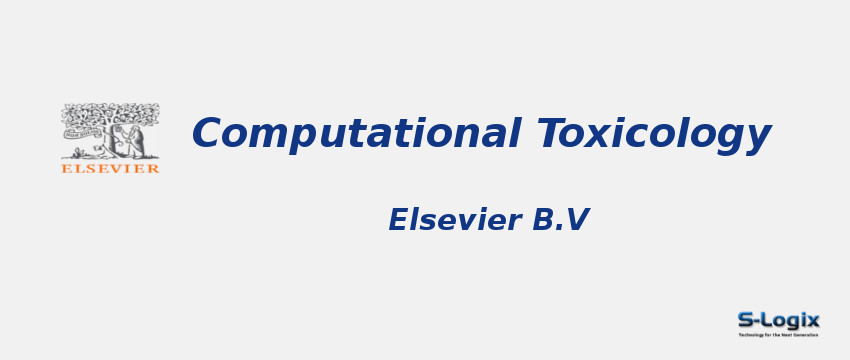Journal Home: Journal Homepage
Editor-in-Chief: Professor Mark Cronin
Print ISSN: 2468-1113
Electronic ISSN:
Abstracting and Indexing: Scopus
Imapct Factor 2024: 2.9
Subject Area and Category: Computer Science, Computer Science Applications, Environmental Science, Health, Toxicology and Mutagenesis, Pharmacology, Toxicology and Pharmaceutics, Toxicology
Publication Frequency:
H Index: 28
Q1:
Q2: Computer Science Applications
Q3:
Q4:
Cite Score: 6.6
SNIP: 0.888
Journal Rank(SJR): 0.744
Latest Articles: Latest Articles in Computational Toxicology
Guidelines for Authors: Computational Toxicology Author Guidelines
Paper Submissions: Paper Submissions in Computational Toxicology
Publisher: Elsevier BV
Country: Netherlands
